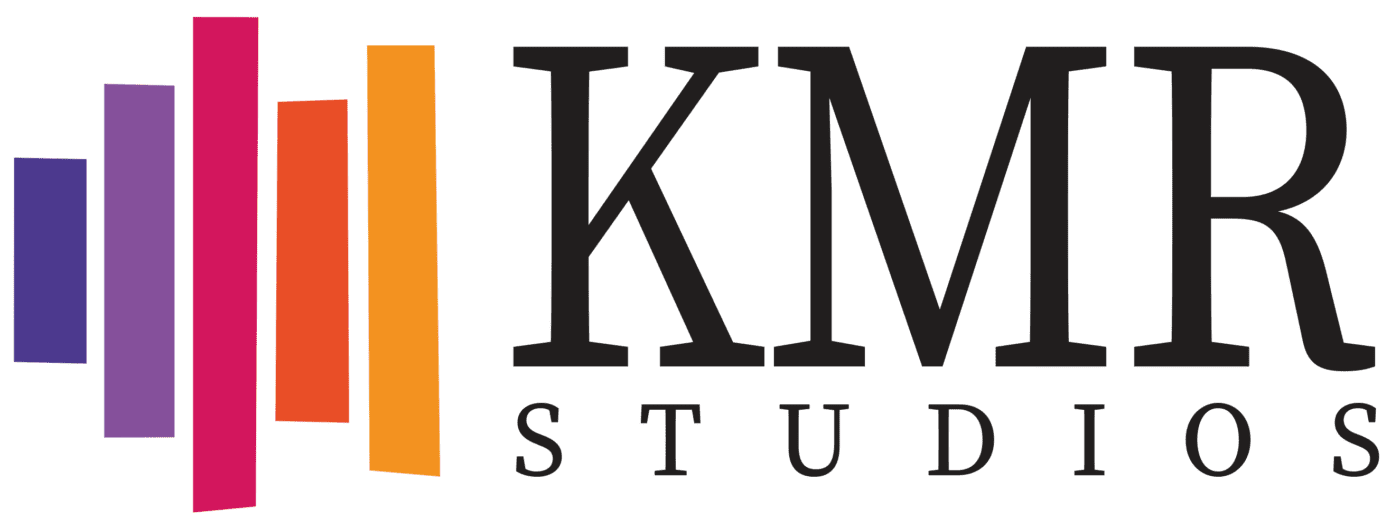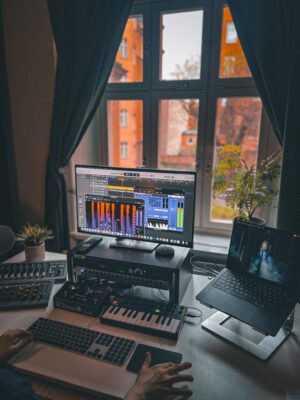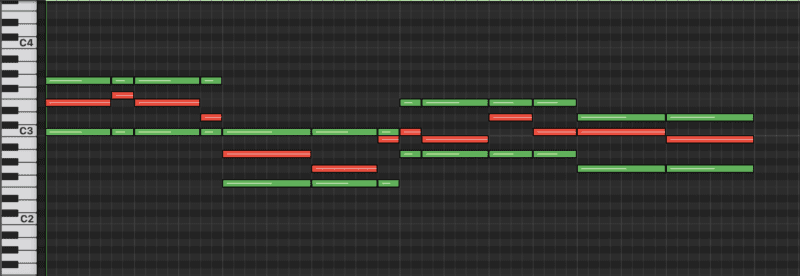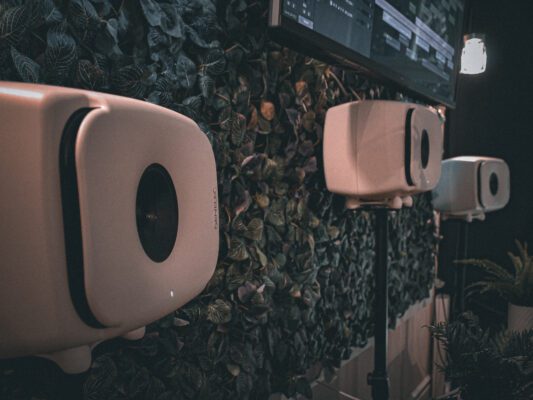Why is it good to know music theory?
Music theory can often be perceived as difficult and complex to learn. Sometimes it is also said to be unnecessary because you can create music using ear training alone. This is of course true, but only to a certain extent. Of course, it is possible to create music without knowing anything about music theory. However, the truth is that it often becomes more challenging.
Music, like many other things, is logical and structured in a fairly fixed way. Therefore, you can utilize music theory to progress faster when, for example, writing a song. Instead of guessing which chords fit a particular melody, you can use music theory to figure this out in advance. If you have a melody in your head that you want to quickly write down and add chords to before you forget it, music theory is incredibly useful!
Keys
Most songs, especially in pop music, are based on a single key. It consists of a set of fixed notes that can be used to create a melody or combine them to form chords.
An example of a key is C major, which consists of the notes C, D, E, F, G, A, and B (the white keys on a piano). Together, they can form the chords C (C+E+G), D minor (D+F+A), E minor (E+G+B), F (F+A+C), G (G+B+D), A minor (A+C+E), and B diminished (B+D+F). The last chord, B diminished, is uncommon, so let’s focus on the first six chords that you’re likely to use if you’re playing a song in C major.
If you look at the notes in the C major scale (C to B), you can see that each chord consists of three notes with a specific distance between them. Every other note is skipped:
C (D) E (F) G (A) (B) = C
(C) D (E) F (G) A (B) = D minor
And so on.
The Circle of Fifths
“But if my song isn’t in C major, how do I know which chords to use?” That’s where a handy tool called the circle of fifths comes in.

The circle of fifths shows all existing keys and the chords that are part of them. In the image above, the chords in the key of C major are marked, with the root chord C at the top center. Similarly, you can find three major chords and three minor chords for each key. In the key of G major, for example, you move one step to the right in the circle. There, you’ll have the root chord G in the center, with the major chords C and D on either side, and the minor chords A minor, E minor, and B minor opposite them on the inside of the circle. In the key of G major, these are the six chords you can use. This pattern continues in the same way for all the keys in the circle until you’re back at C major again.
Time Signatures
Just as there are keys, there are also time signatures, but they have to do with rhythm and pulse. The most common time signature is 4/4 time (read as “four-four time”), where each measure consists of four beats. You’ve probably heard musicians count “one, two, three, four” or a drummer striking their sticks together four times to count in a song. It indicates that the song is in 4/4 time.
Knowing the time signature of your song is especially important when you’re recording it. This is because music software or DAWs (Digital Audio Workstations) often divide the track into measures. If you don’t know the time signature of a certain song, determining it requires using your ears. Does it make sense to count to four before you start playing your song? Does it make sense to keep counting to four repeatedly while playing the song? Then it’s likely in 4/4 time.
BPM and time-line numbering
Measures are also important when indicating the tempo of your song. Tempo is measured in BPM (beats per minute), which refers to the number of beats in a minute. If you play a song at 120 BPM, it means there are 120 beats per minute.
Usually, the number of measures in a music program is numbered. The first measure labeled as 1, the second measure as 2, and so on. The beats within a measure are often indicated with a separate number following the measure number. Thus, the beats can be numbered 1.1 for the first beat of the first measure, 1.2 for the second beat of the measure, and so on (see image below). In 4/4 time, the second number is always between 1 and 4. The most common convention is to start the song on the first beat of the first measure. However, it is entirely possible to start on any other beat.

It is quite rare for all the notes in a melody or drum beats in a beat to land directly on a beat (1.1, 1.2, etc.). Often, the spaces between beats also need to be filled with additional notes and beats. In that case, you can refer to the four vertical lines between the beats. These can be seen under the numbers in the image above. Suddenly, you have 16 possible placements for a note or beat within the measure, which is almost always sufficient.
What can you do with music theory?
Of course, you cannot rely solely on music theory when creating music. A song written solely based on logic without any input from your ears will most likely sound very dull. The fundamental rule in music creation should still be “if it sounds good, it is good.” However, having a good understanding of music theory can be a shortcut to finding melodies, chords, and rhythms that fit together and sound great!
Good luck in your music creation!
We hope this guide was useful for you if you want to start making your own music. If you have any more questions, feel free to contact us! You can also read more about how we can help you in your music creation.
Guides
What is a clipper?
Have you started out in the world of mixing and mastering and just came across [...]
5 Clippers taking your mix to new heights
Are you not sure what Clipper to use when mixing and mastering your music? We [...]
Mastering Vocal Harmonies
Read more about what strategies you could use to learn more about, and eventually master, [...]
Export master files from Atmos projects in Logic Pro
This article gives you detailed information on how to export master files from Logic Pro [...]
Contact Us

CONTACT US
OUR PORTFOLIO
Over the past few years, KMR Studios has released hundreds of songs by a wide range of artists. To make it easier for you to find what you’re looking for, we’ve organized the music into various playlists. Click the link below to explore our music by format (stereo or Dolby Atmos) or genre.
Portfolio
 Svenska
Svenska







